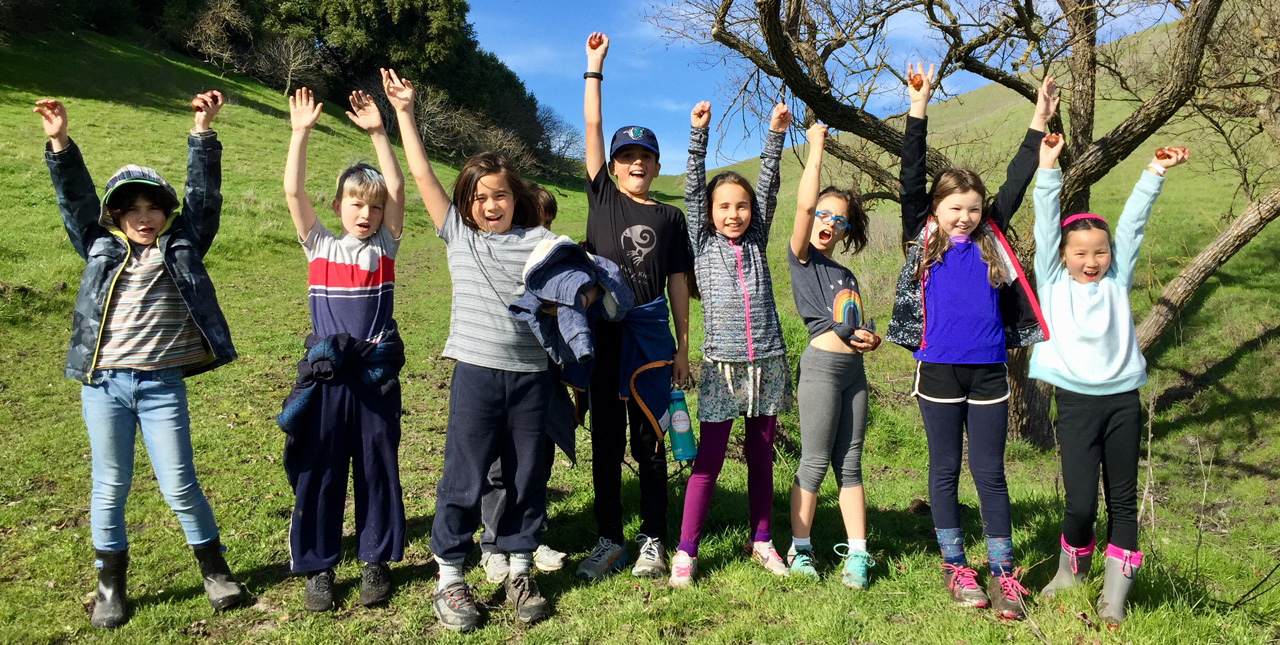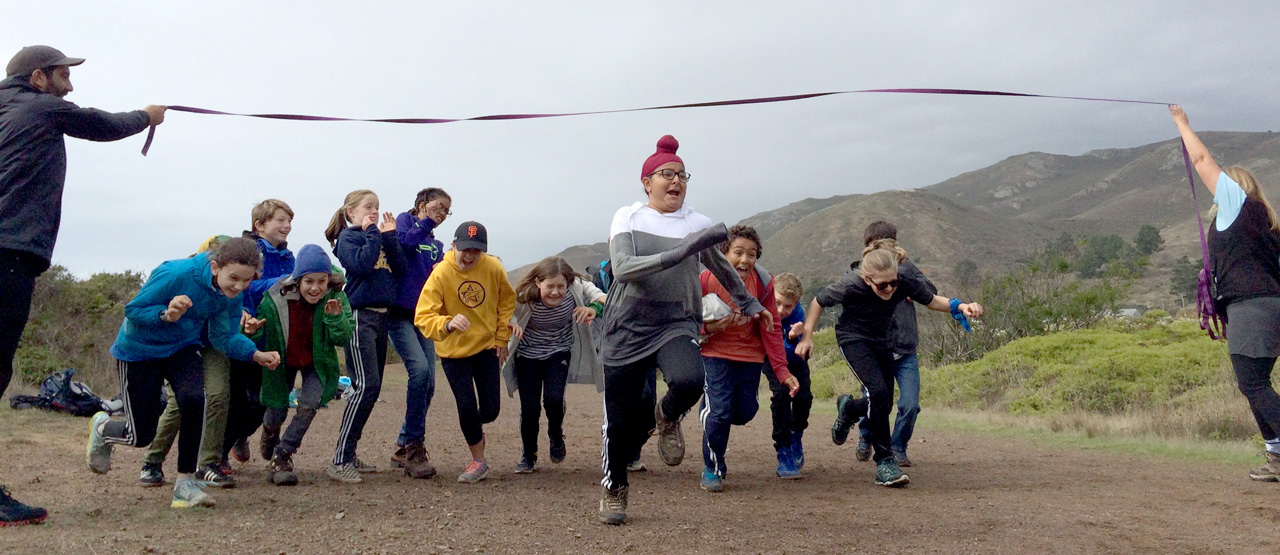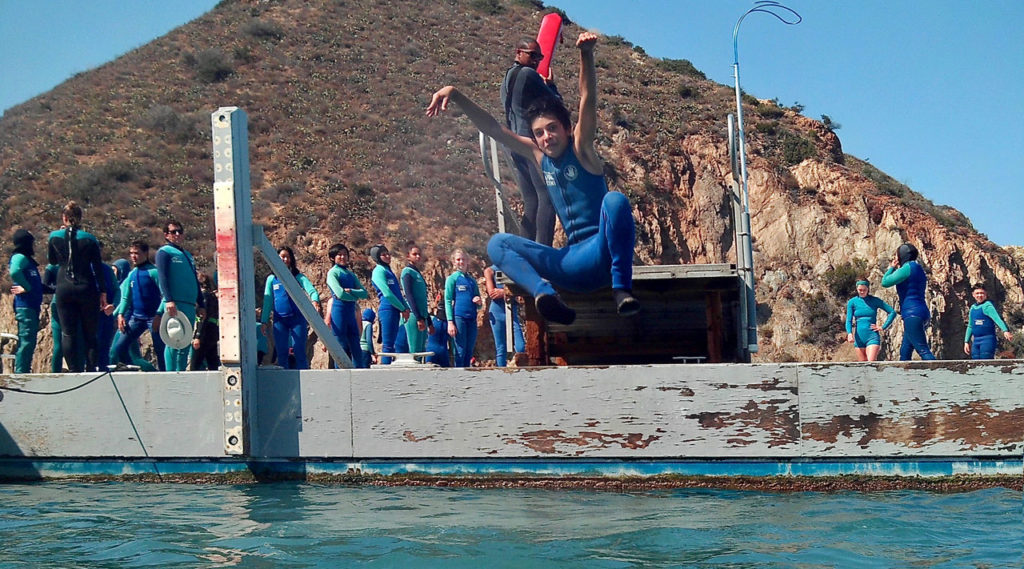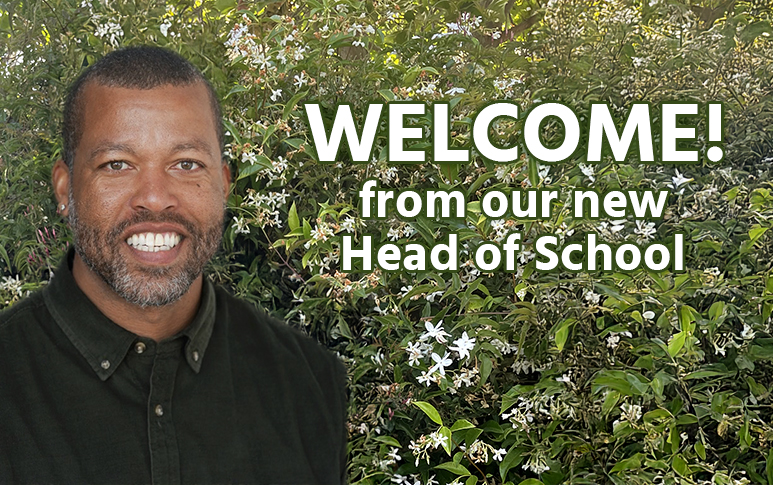Field Studies & Outdoor Education
Making the World Our Classroom

Our students already know that learning doesn’t just involve their brains: they dance in music, use their hands in art and engineering, and plant seedlings in the garden. We thoughtfully enrich the curriculum with hands-on experiences outside the classroom, and this leads to deeper learning overall.
Our lower school students typically take six field trips a year, for example:
Kindergarteners attend an Alvin Ailey American Dance Theater performance, opening their eyes to the ways dancers tell stories through dance, as well as creating shapes and patterns with their bodies and with other dancers.
First Graders observe, describe, and predict celestial phenomena such as the movement of the earth, sun, moon, and stars. They spend a full day at Oakland's Chabot Space and Science Center, getting a sense of the vastness of space, before building a scale model of our solar system and learning about the prospects for discovering life on other worlds.
Second Graders dive into civic education and the social sciences in a unit about the city of Berkeley, discovering the important functions that a city must manage. On a visit to Berkeley City Hall, they interview a senior administrator and tour the City Council chambers.
Third Graders visit Slide Ranch near Muir Beach, where farmer-educators introduce students to the process of growing and raising plants and animals, and the importance of composting to continually replenish the soil. Our students taste and identify plants, open their mouths for a squirt of fresh goat milk, feed chickens, milk goats, get up close with honey bees, and even see dolphins along the shoreline!
Fourth Graders travel back in time to Gold Rush-era California on a visit to historic Coloma. Our young miners pan for gold, do laundry with a washboard, and cook cornbread over a fire. After dinner, our young miners recover from their busy 1849 day with music and square dancing.
A high point of the Fifth Grade is a trip to Sacramento (by train, of course), using the history of the Transcontinental Railroad as a bridge that connects the 4th and 5th grade history curricula. Through visits to the Railroad Museum, the Leland Stanford Mansion, the Old Sacramento Schoolhouse Museum, the State Capitol, and the Crocker Art Museum, students gather facts and anecdotes to incorporate into original works of historical fiction.
Sixth Grade Marin Headlands Trip

Sixth graders spend four days at the Headlands Institute in Marin, working in teams with field science educators. The trip is scheduled for the fall in order to build community among the students early in the school year. Humanities teacher Maria Palmer accompanies the class, then leads students in writing about their memories of their week at the Headlands as an introduction to their study of memoir.
Seventh Grade Leadership Overnight, Tilden Park
The least flashy and perhaps deepest aspect of the upper school’s Outdoor Education program happens late in seventh grade, when the head of upper school and faculty take the seventh grade on a two-day overnight leadership retreat. This trip is designed to help students step into their roles as the school’s leaders when they enter eighth grade the following year. Students work in teams playing collaborative games, solving group problems, and learning about notable leaders. A ropes course is a trip highlight. With minimal adult guidance, they set up tents and prepare all their meals. Individually, students write and reflect on their roles as classmates, family members, and rising leaders.
“The most dangerous leadership myth is that leaders are born — that there is a genetic factor to leadership. This myth asserts that people simply either have certain charismatic qualities or not.
That’s nonsense; in fact, the opposite is true. Leaders are made rather than born.”
—Warren G. Bennis
Eighth Grade Catalina Trip

Night snorkeling in the ocean is one of the profoundly immersive activities that our eighth graders experience during their four-day trip to Catalina Island off the coast of Los Angeles. As they descend into the water and float off along the shoreline, bright red glow sticks attached to the students’ snorkel tubes distinguish groups of swimmers from their marine instructors’ iridescent blue lights. After a day of preparation, learning how to gear up, dive in, float, breathe, and even swim below the surface, the students are well equipped for this nighttime plunge where they get to see bioluminescence in action. And the night snorkel is only one element of this marine sciences outdoor education program: daytime labs, featuring shark tanks and invertebrate labs, run concurrently with kayaking and various group challenges.

